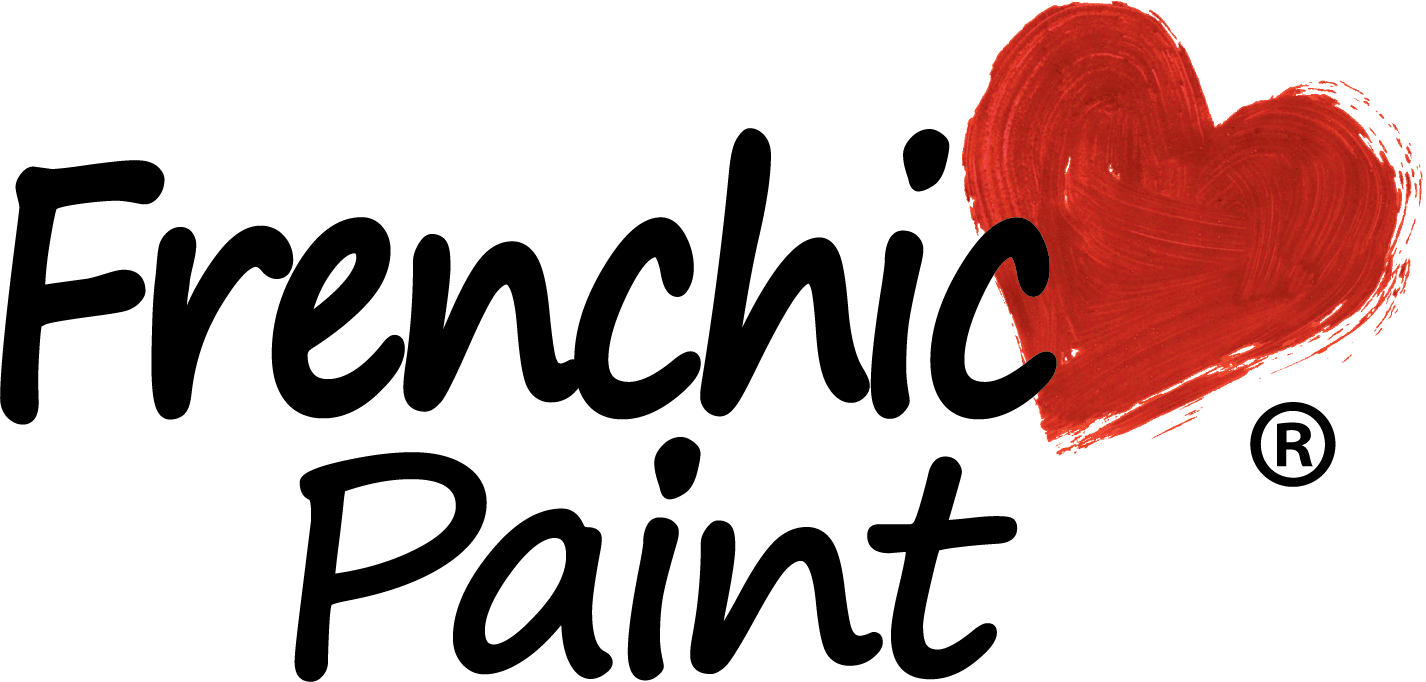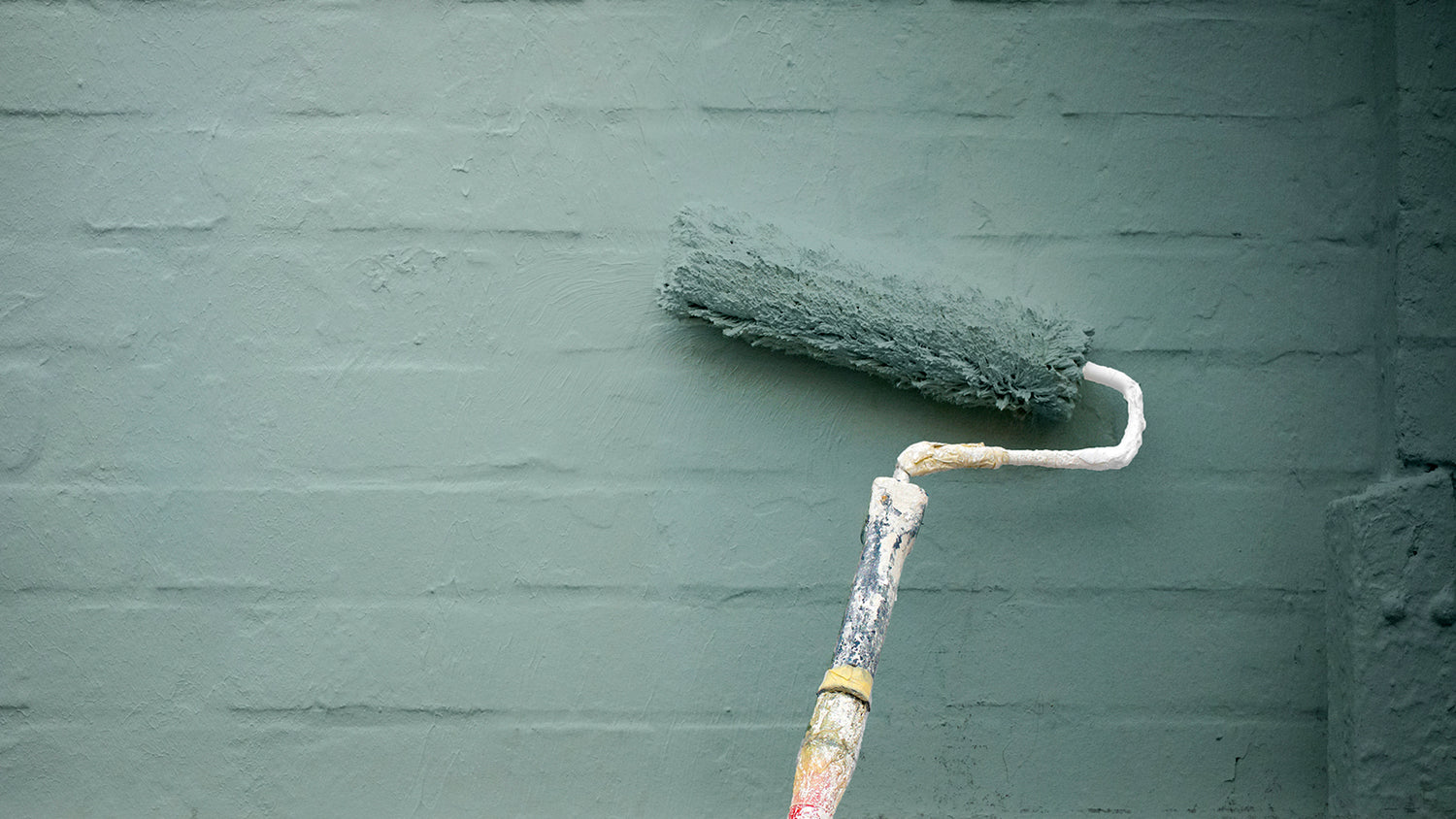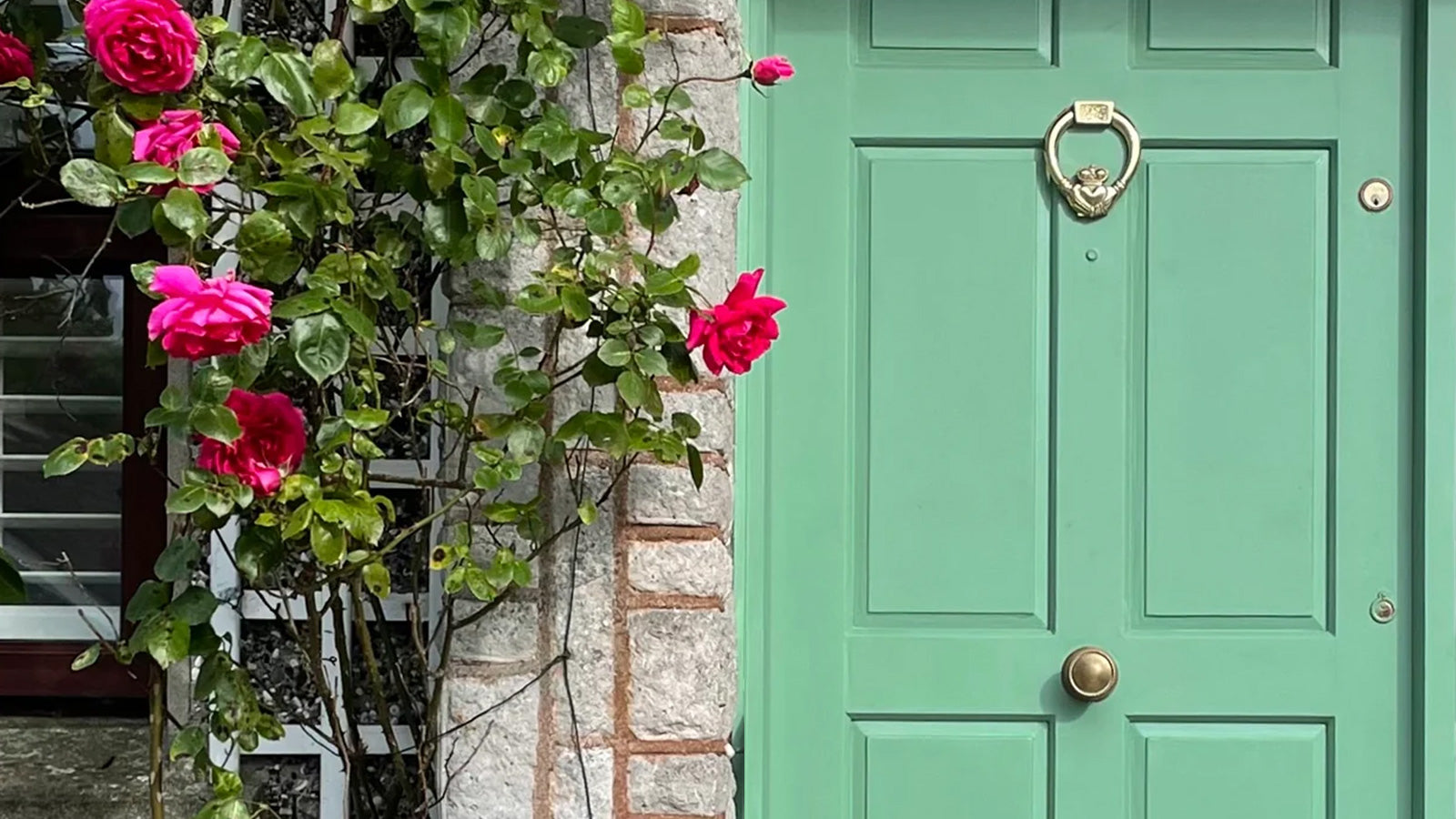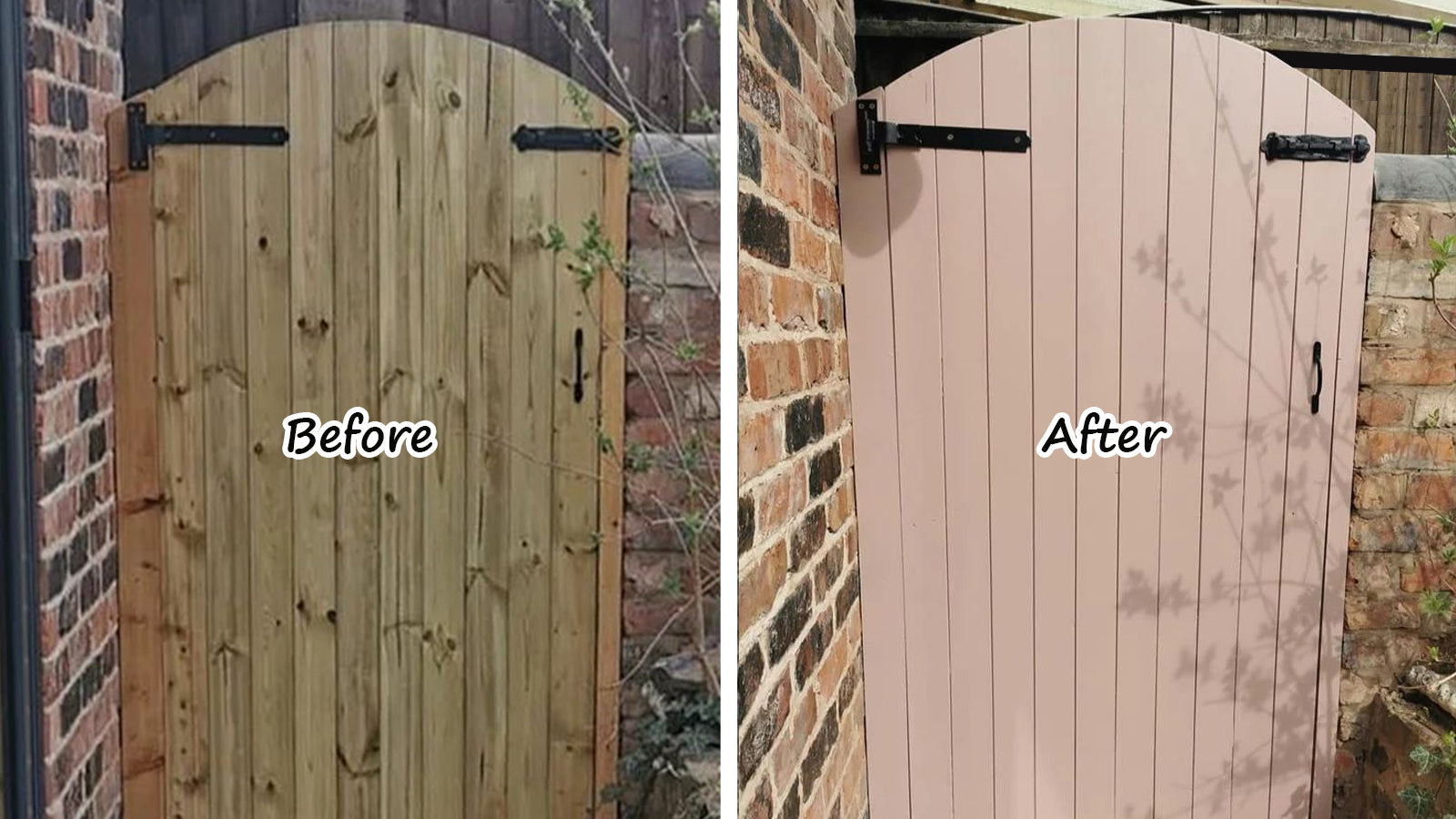Key FAQ Points:
- You can paint various masonry surfaces including stone, brick, concrete blocks, cement, render and pebbledash.
- Surfaces must be clean and dry before painting, with a moisture content of less than 12%.
- You can use Finishing Coat to seal porous masonry surfaces before painting.
- Choose a suitable paint that adheres to masonry.
- You can brush, roll or spray your paint, depending on the size of the project.
Painting masonry surfaces
There are lots of different types of masonry, including stone, brick and concrete blocks. Each has its own characteristics. However, they’re all generally suitable for masonry paint with the right preparation. It can also be used on cement, render and pebbledash.
Preparation before painting
Whatever type of masonry surface you’re painting, preparation is key. First and foremost, it needs to be clean. This means removing all dirt, mould and any old, flaking paint if applicable:
- Use a stiff brush to remove dirt and flaking paint.
- A fungicidal wash is ideal to remove all fungal growth from walls.
- Make sure cracks are filled using a suitable exterior filler before smoothing down.
Masonry surfaces will also need to be dry to avoid adherence issues. A moisture meter can be used to test the moisture content of a surface. You’re aiming for 12% or less. This is because excess moisture can become trapped when you apply the paint, and this can cause issues with lifting and flaking over time.
If you’re painting a porous masonry surface, it’s recommended to use 2-3 coats of Finishing Coat. This seals the surface to avoid an uneven finish when you apply your chosen paint colour.
Choosing the right paint
Whether it’s indoor or outdoor, regular wall or furniture paint won’t cut it for masonry surfaces. That’s because it won’t adhere to the surface, meaning paint will peel or flake away over time.
You need a high-quality paint that adheres to a range of different surfaces, including masonry. Frenchic’s Chalk Wall Paint and Al Fresco range are the ideal options.
If you’re painting exterior masonry, the Al Fresco range is required as it’s weatherproof and resistant to water and UV rays. When painting outdoors, it’s also important to check the weather, which we’ve outlined in our guide to painting conditions.
Applying paint to masonry
Masonry paint can be applied using a brush, roller or sprayer. Given that many masonry surfaces are larger, the time-saving advantages of rollers and sprayers are amplified.
Sprayers, in particular, allow you to cover a large surface quickly and easily. They are also a great tool when painting textured surfaces which challenge brushes and rollers – for example pebbledash. However, you’ll need a bit more preparation to mask off surrounding areas.
Brushes are best for smaller masonry surfaces like stone fireplace surrounds. If you’re using a roller, you’ll typically need a brush too for the edges. You can find out more in our guide to Brushing vs Rolling vs Spraying.
Whatever method you choose, it’s important to allow adequate drying time between coats. Follow the manufacturer’s instructions from the tin. You should also follow their advice when it comes to coverage to avoid paint being applied too thick or too thin.
Pros and cons of painting masonry
Painting masonry can enhance its appearance, protect it from weather and environmental damage, and improve its durability. However, there are also downsides. Paint can trap moisture within the masonry, leading to potential damage such as efflorescence and spalling. Additionally, once masonry is painted, removing the paint can be challenging and often impossible, requiring regular maintenance and repainting over the years.
Special considerations include avoiding painting very porous or historic bricks, as these can be more susceptible to damage. Testing for moisture content before painting is critical to prevent paint adhesion issues.








